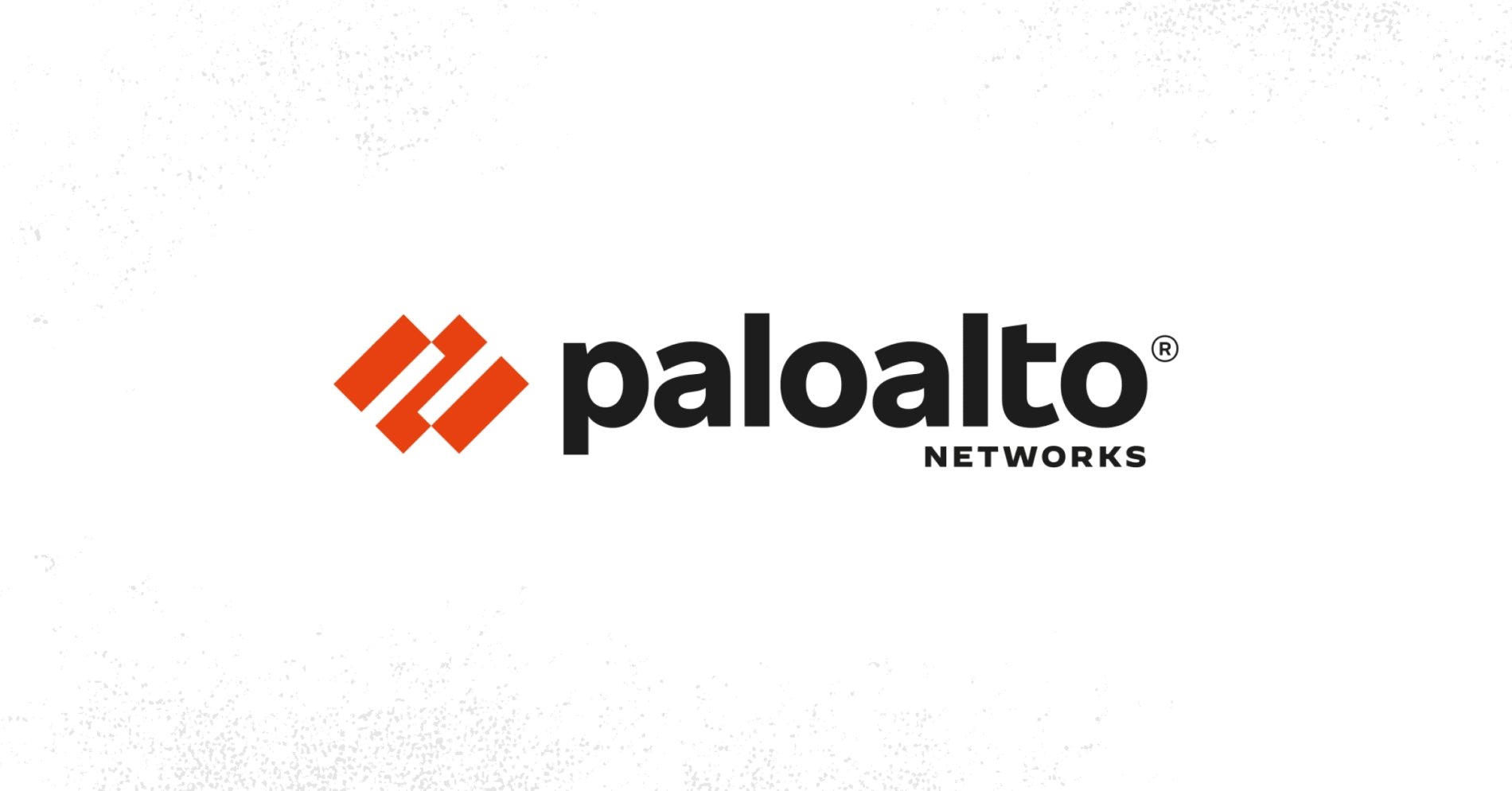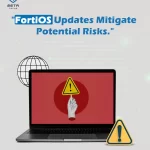CVE-2024-3400, recently came to light, affecting the widely used Palo Alto Networks PAN-OS software for specific versions and configurations. This critical flaw, a consequence of an arbitrary file creation Palo alto vulnerability cve 2024 3400 combined with a command injection vulnerability within the GlobalProtect feature, granted unauthenticated attackers the ability to execute arbitrary code with root privileges on vulnerable firewalls.

Discovery of Palo alto vulnerability cve 2024 3400
On April 10, 2024, Steven Adair from Volexity alerted Palo Alto Networks’ Product Security Incident Response Team (PSIRT) about a suspicious exfiltration attempt observed at a customer site Palo alto vulnerability cve 2024 3400. Recognizing the potential severity of the issue, Christopher Ganas, Palo Alto Networks’ Product Security Research Lead, and Kyle Wilhoit, Unit 42’s Threat Research Lead, swiftly collaborated with Volexity’s team to investigate the anomaly.
Within hours, the investigation revealed that the suspicious traffic originated from a compromised firewall, likely exploited through a previously unknown zero-day vulnerability. Palo Alto Networks promptly activated its established protocols and industry best practices, assembling a cross-functional team of experts to conduct forensic investigations, identify the root cause, and develop effective countermeasures.
Vulnerability Analysis and Impact Assessment
The intricate Palo alto vulnerability cve 2024 3400 stemmed from a combination of two distinct bugs within the PAN-OS software. The first bug allowed the Global Protect service to inadequately validate session ID formats, enabling attackers to store arbitrary filenames on the system. The second bug involved trusting these attacker-created files as system-generated, subsequently executing the filenames as commands.
While neither bug alone posed a significant threat, their unique combination enabled a highly sophisticated two-stage attack that could lead to unauthenticated remote code execution with elevated privileges on vulnerable devices. This vulnerability impacted specific versions of PAN-OS 10.2, 11.0, and 11.1 configured with the Global Protect gateway or portal, or both.
Palo Alto Networks swiftly classified the vulnerability as “Critical” with a CVSS v4.0 base score of 10, reflecting the severe potential consequences of successful exploitation, including compromised confidentiality, integrity, and availability of affected systems.
Exploitation Techniques and Observed Attacks
As details of the Palo alto vulnerability cve 2024 3400 emerged, security researchers and threat actors alike began exploring potential exploitation techniques. Palo Alto Networks was aware of an increasing number of attacks leveraging the vulnerability, with proof-of-concept exploits publicly disclosed by third parties.
The two-stage attack process involved the following steps:
- Stage 1: The attacker sends a carefully crafted shell command instead of a valid session ID to the Global Protect service. This results in creating an empty file on the system with an embedded command as its filename, chosen by the attacker.
- Stage 2: An unsuspecting scheduled system job, running regularly, uses the attacker-provided filename in a command, leading to the execution of the attacker-supplied command with elevated privileges.
Successful Stage 1 exploitation did not necessarily indicate a compromised system; it merely created an innocuous file with a suspicious name. However, Stage 2 exploitation could enable threat actors to exfiltrate sensitive configuration details, download malware, or perform other malicious activities.
Volexity and Unit 42 Threat Brief provided insights into the types of malware observed in these attacks, as well as indicators of compromise (IOCs) to aid in detecting and mitigating ongoing threats.
Mitigation and Remediation Efforts
Recognizing the urgency of the situation, Palo Alto Networks acted swiftly to develop and deploy mitigations and remediation measures. Within 24 hours of confirming the Palo alto vulnerability cve 2024 3400, the company released tested mitigations in the form of Threat Prevention signatures with Threat IDs 95187, 95189, and 95191.
These signatures were designed to detect and block known and observed suspicious patterns in session IDs with 100% accuracy, effectively preventing exploitation attempts. Palo Alto Networks strongly advised customers to apply these signatures, particularly by enabling vulnerability protection on Global Protect interfaces, as outlined in their guidance documentation.
Additionally, disabling device telemetry was initially recommended as a secondary mitigation strategy, as it prevented the execution of the command, thwarting a potential compromise. However, as the situation evolved and researchers uncovered additional exploitation vectors, Palo Alto Networks advised against relying solely on disabling telemetry as an interim mitigation.
Post-Exploitation Persistence Techniques and Enhanced Factory Reset
As the investigation progressed, Palo Alto Networks became aware of proof-of-concept post-exploitation persistence techniques developed by third parties. These techniques, while not observed in active exploitation attempts, could potentially survive device resets and upgrades on already compromised systems.
To address this concern, Palo Alto Networks offered customers an Enhanced Factory Reset (EFR) procedure that did not rely on the integrity of a potentially compromised device. This proactive measure was recommended for customers who had not applied the PAN-OS fixes or Threat Prevention signatures with vulnerability protection on the GlobalProtect interface before April 25, 2024, or for those concerned about persistent risks.
Conclusion
The discovery and subsequent response to the Palo Alto Networks PAN-OS vulnerability, Palo alto vulnerability cve 2024 3400, exemplified the cybersecurity community’s resilience and collaborative spirit in the face of critical threats. Through a coordinated effort involving Palo Alto Networks, independent researchers, and security agencies, effective mitigations, comprehensive fixes, and proactive support measures were swiftly implemented.
This incident underscored the importance of continuous vigilance, robust security practices, and industry partnerships in addressing vulnerabilities and safeguarding systems against evolving cyber threats. As the cybersecurity landscape continues to evolve, the lessons learned from Palo alto vulnerability cve 2024 3400 will undoubtedly shape future strategies and strengthen the collective defense against potential attacks.
Meta Techs A Leader in Cybersecurity
At Meta Techs, we understand that each organization’s cybersecurity needs are unique. As such, we offer tailored solutions designed to address specific vulnerabilities and threats. Our suite of services encompasses everything from cybersecurity threat hunting and management to incident response and recovery. By adopting a holistic approach to cybersecurity, we ensure that our clients are equipped with the tools and knowledge necessary to navigate the complex digital landscape securely.
Our approach to protecting businesses in Portland and Vancouver is multifaceted. We begin by conducting thorough risk assessments to identify potential vulnerabilities within an organization’s digital infrastructure. This enables us to develop customized cybersecurity strategies that address the unique challenges faced by each business.







![Rapid7 Vulnerability Management]](https://meta-techs.net/wp-content/uploads/2025/03/What-is-Rapid7-Vulnerability-Management-1.webp)
